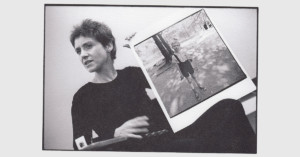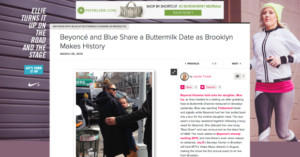
How Journalists Decide Which Sensitive War Photos Get Published
Since the start of Russia's invasion of Ukraine, nary a day goes by without the press publishing distressing war images, from slightly upsetting to the downright graphic. But, how do newsrooms decide on which war photos will get to see the front page and which ones will be shelved?





